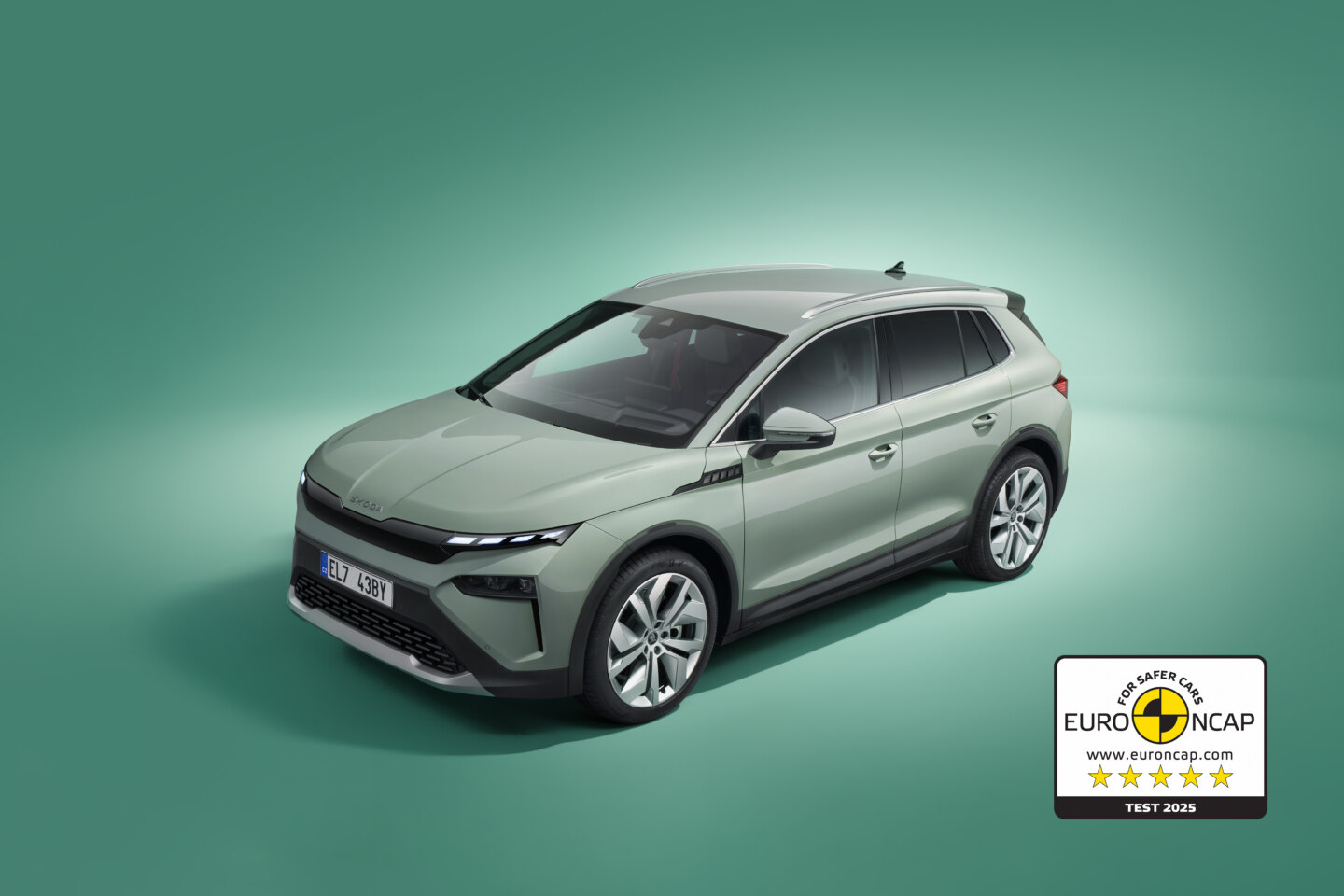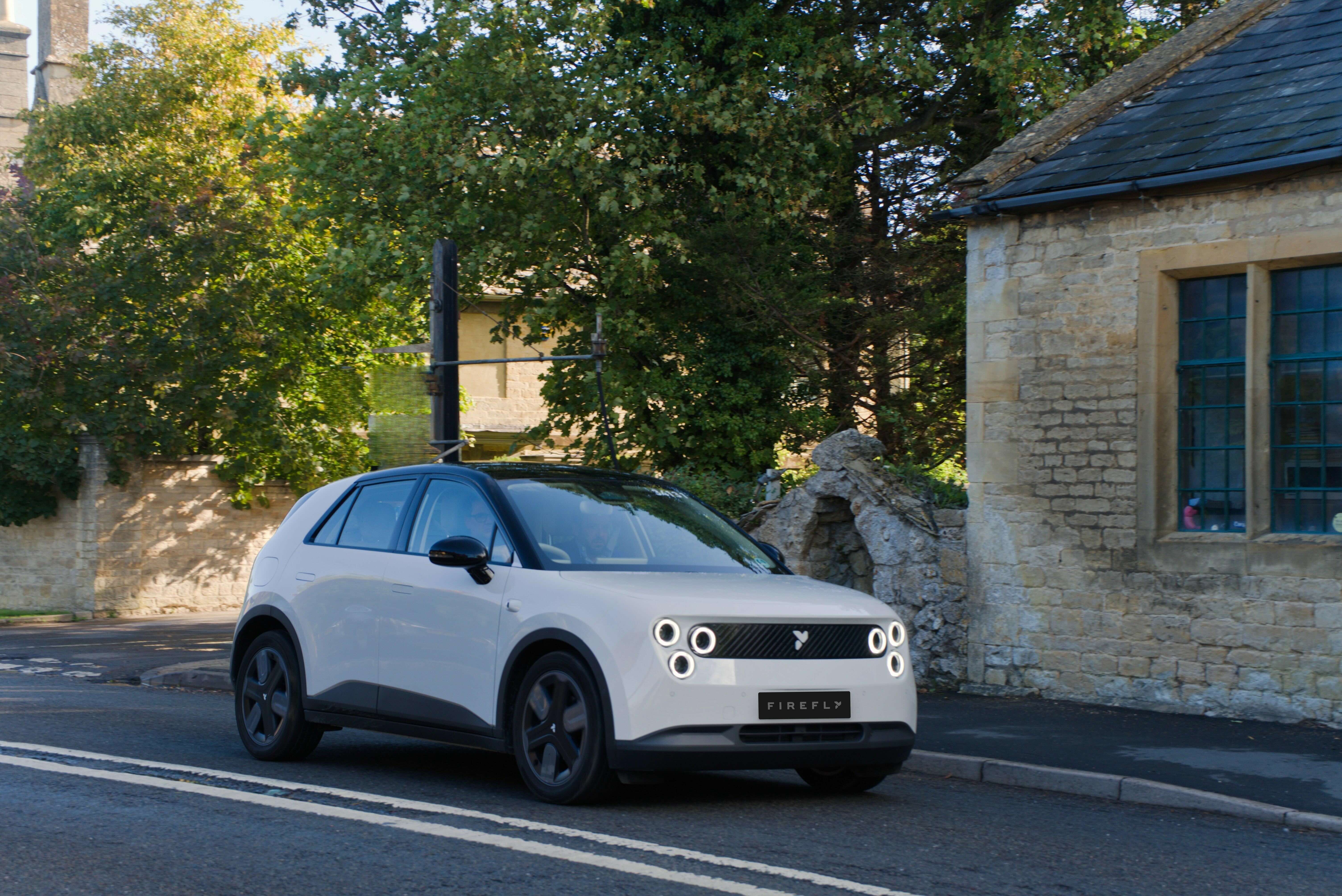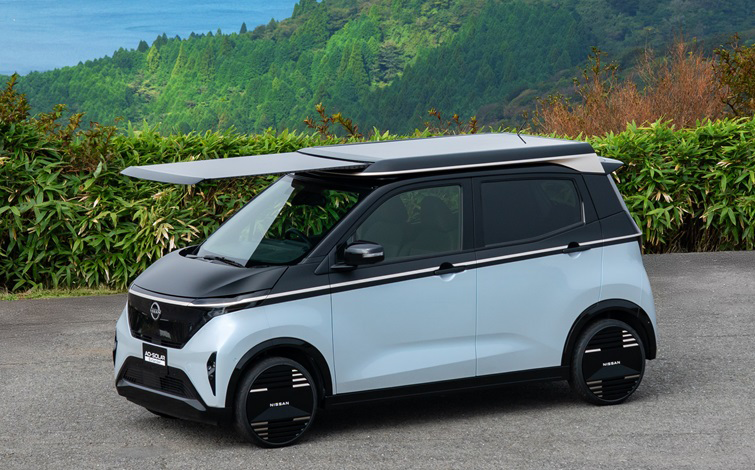Until now, Tesla wasn’t known for making high efficient electric cars, but this will change with the Model 3.
From the start Tesla’s goal was to compete with top performance gas cars and efficiency wasn’t that important. However, if we can have top performance and efficiency with the same car, why not?
Thanks to Akilae from the Model 3 Owners Club, we can now compare the efficiency between the three Tesla models currently on sale and I’ve to say that I’m pretty impressed.
Below we have the internal efficiency numbers that Tesla uses to rate their electric cars:
Tesla Model 3: 23,7 kWh/100 miles - 14,73 kWh/100 km
Tesla Model S: 34,4 kWh/100 miles - 21,38 kWh/100 km
Tesla Model X: 36,9 kWh/100 miles - 22,93 kWh/100 km
Tesla and EPA figures aren’t exactly the same, so for the sake of comparison here we have some EPA combined efficiency numbers:
Tesla Model S 75D: 33 kWh/100 miles - 20,5 kWh/100 km
Hyundai IONIQ Electric: 25 kWh/100 miles - 15,4 kWh/100 km
Looking at these figures it’s quite possible that the Tesla Model 3 will steal away the efficiency champion title from the Hyundai IONIQ Electric when the EPA efficiency ratings are finally public.
The days when we had to choose between efficiency and performance are over. The Tesla Model 3 will offer both in a stunning body.
Let’s see how the Tesla Model 3 compares with the Hyundai IONIQ Electric on weight and aerodynamics.
Hyundai IONIQ Electric
Kerb weight (kg): 1.420 - 1.475 (depending of optional equipment)
Coefficient of drag (Cd): 0,24
EPA combined efficiency: 25 kWh/100 miles - 15,4 kWh/100 km
Tesla Model 3
Kerb weight (kg): 1.610 (standard version) - 1.730 (long range version)
Coefficient of drag (Cd): 0,23
Tesla internal efficiency rates: 23,7 kWh/100 miles - 14,73 kWh/100 km
Tesla Model 3 will not only appeal to drivers accustomed to top performance of German luxury cars, but surprisingly it’s also appealing to drivers that want to drive as efficiently as possible, such as old Prius’ loyal fans.
I’m sorry Elon, I know you want to sell the TMX and TMS, but I think that the TM3 is the best car Tesla has ever made, by far.
The only negative part I see now, is that until Tesla starts producing 500.000 cars per year and flood the used car market this car will still be expensive for the mainstream. However, I pretty confident that by 2020, when legacy automakers start to wake up to the electric car revolution, an used Tesla Model 3 will be much more affordable.
To sum up, I’m pretty impressed with Tesla. I’ve always said that huge and inefficient cars, even if electric aren’t sustainable. The Model 3 is a first step in the right direction, the next is efficient, sustainable, comfortable and fast public transportation with electric buses, trains and especially maglev for higher distances. Tesla electric buses, trains and planes… that would be awesome.
What do you think? Are you impressed with the efficiency of the Tesla Model 3 or you don’t even care? If you currently own a Tesla are you considering to trade it for a Model 3?
More info:
https://model3ownersclub.com/threads/possible-model-3-configurator-information-discloure.4409/
https://electrek.co/2017/07/29/tesla-model-3-production-specs-revealed/

